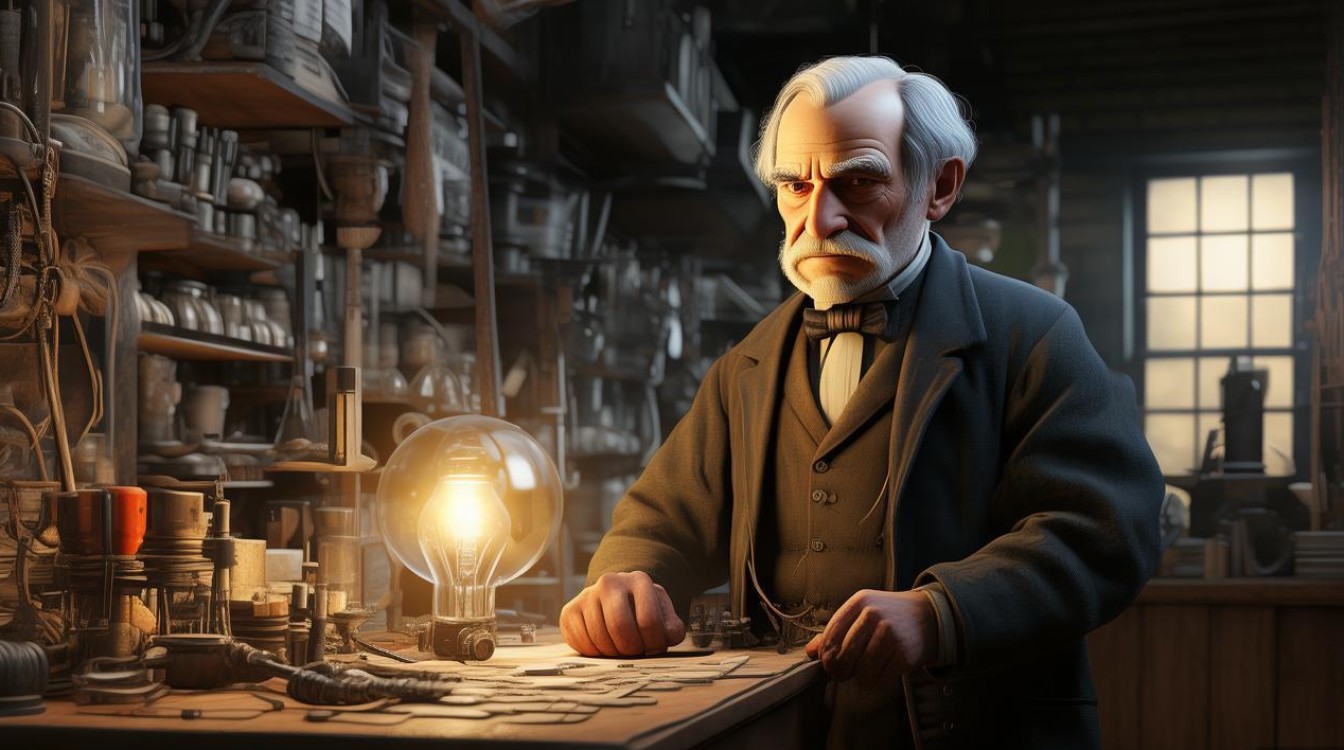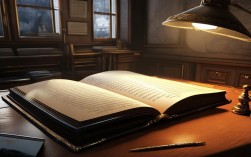Of course! Here are three versions of an English essay about Thomas Edison, tailored for different age groups and writing levels. You can choose the one that best suits your needs.

Version 1: Simple Version (For Younger Students / Elementary Level)
The Great Inventor, Thomas Edison**
Thomas Edison was a famous American inventor. He was born in 1847. When he was a boy, he was very curious and loved to ask questions. He loved science and experiments.
Edison is most famous for inventing the light bulb. Before his invention, people used candles and oil lamps, which were not very bright or safe. Edison tried to find a better way to make light. He tested many, many materials. He failed many times, but he never gave up. He said, "I have not failed. I've just found 10,000 ways that won't work."
Finally, he invented a light bulb that could burn for a long time and light up homes and streets. He also invented many other important things, like the phonograph and the movie camera.
Thomas Edison was a great man who showed us that hard work and never giving up can lead to amazing things. He changed the world with his inventions.
Version 2: Standard Version (For Middle School / Intermediate Level)
The Perseverance of Thomas Edison: The Wizard of Menlo Park**
Thomas Edison, often called the "Wizard of Menlo Park," was one of the most prolific and influential inventors in history. Born in 1847 in Ohio, Edison's journey was marked by an insatiable curiosity and a relentless drive to solve problems. His story is not just about his brilliant inventions, but also about the power of perseverance.
Edison's most celebrated achievement is, without a doubt, the development of a practical, long-lasting incandescent light bulb. In the late 19th century, the quest for artificial light was a major challenge. Competitors had created bulbs that burned out quickly or were too expensive. Edison approached this problem with his famous method of "trial and error." He and his team tested thousands of different materials for the filament—the part that glows inside the bulb. They experimented with everything from coconut fiber to human hair. After countless failed attempts, they finally succeeded with a carbonized bamboo filament that could last for over 1,200 hours.
This success was not due to a single moment of genius, but to a process of persistent experimentation. Edison famously stated, "Genius is one percent inspiration and ninety-nine percent perspiration." This philosophy defined his career. He didn't just invent the light bulb; he created an entire system to make it useful, including power plants, wiring, and sockets.
Beyond the light bulb, Edison held an astounding 1,093 U.S. patents. His other inventions, such as the phonograph, the motion picture camera, and the alkaline battery, have also profoundly shaped modern life. Thomas Edison's legacy teaches us that great success is built on a foundation of hard work, learning from failure, and an unwavering belief in one's ideas.
Version 3: Advanced Version (For High School / Advanced Level)
Illuminating the World: The Enduring Legacy of Thomas Edison**
In the pantheon of great innovators, few figures shine as brightly as Thomas Alva Edison. More than just an inventor, Edison was a visionary industrialist whose relentless pursuit of practical solutions irrevocably altered the landscape of modern technology and daily life. His story is a testament to the transformative power of perseverance, systematic inquiry, and an entrepreneurial spirit that sought not merely to invent, but to create entire industries.
Edison's most iconic contribution, the incandescent light bulb, symbolizes his methodology. In an era illuminated by the flickering, inefficient flames of gaslight, Edison envisioned a safer, more reliable alternative. His approach was methodical and exhaustive. At his legendary Menlo Park "invention factory," he oversaw a team of researchers who systematically tested thousands of potential materials for a durable filament. This was not a solitary flash of insight but a grueling process of elimination, underscored by his now-famous adage: "I have not failed. I've just found 10,000 ways that won't work." This resilience in the face of repeated setbacks was the cornerstone of his success. His ultimate triumph with a carbonized bamboo filament was merely the beginning; he concurrently developed the entire electrical infrastructure—from generators to sockets—making electric light a viable reality for the masses.
However, to reduce Edison to the inventor of the light bulb is to overlook the astonishing breadth of his genius. His portfolio of 1,093 U.S. patents reads like a history of modern innovation. He gave the world the phonograph, the first device to record and reproduce sound, and pioneered the motion picture industry with the kinetograph and kinetoscope. These inventions were not mere novelties; they fundamentally changed how humanity captures sound and moving images.
In conclusion, Thomas Edison's legacy extends far beyond the devices he created. He established the paradigm of the modern research laboratory and championed the idea that innovation should be a systematic, team-oriented effort. He proved that genius is less about a single, brilliant idea and more about the relentless, perspiration-driven effort to bring that idea to life. Edison did not simply invent products; he engineered the future, illuminating the path for generations of inventors to come.











